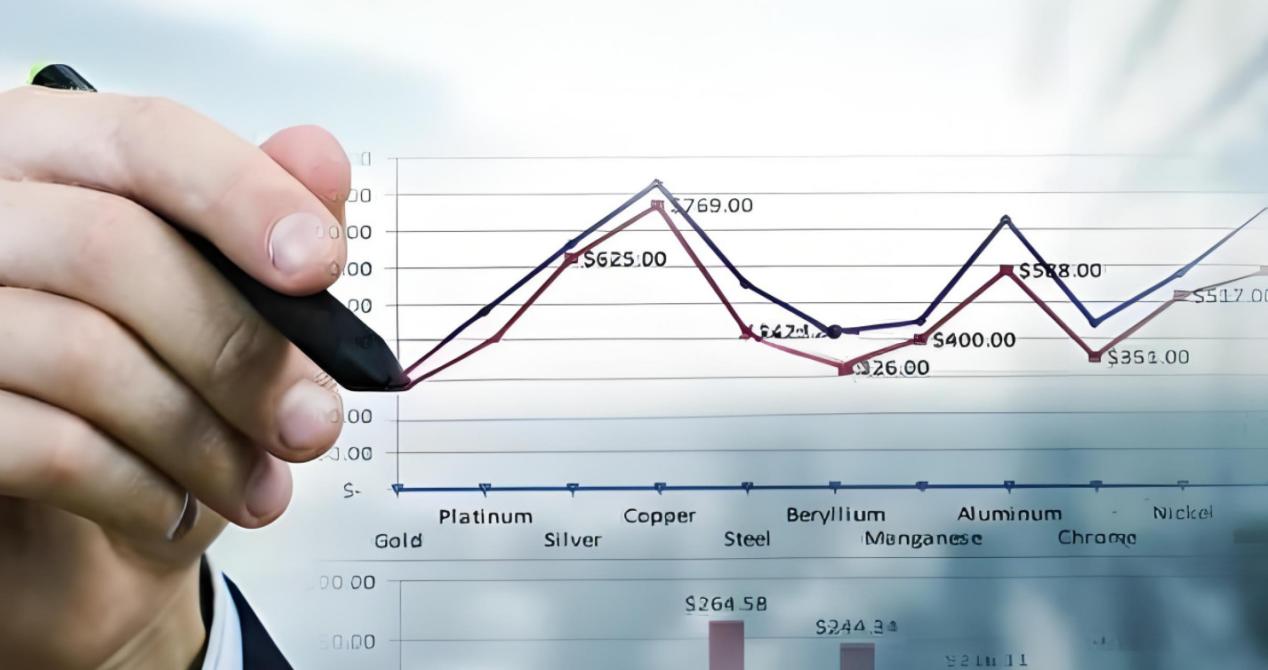
Recently, the pessimistic sentiment of American consumers towards the economic outlook has reached a new high since the outbreak of the pandemic: 44% of respondents expect the unemployment rate to rise in a year, and the inflation expectation of 3.6% has reached its peak in nearly a year and a half. These two sets of data may seem contradictory - high unemployment expectations usually indicate deflationary pressure, while rising inflation expectations suggest an overheated economy - but together they reveal that the US economy is in an unprecedented state of "expectation disorder".
The rise in unemployment expectations is by no means accidental. The economic landscape after the epidemic has undergone profound fission: the wave of manufacturing automation and the revolution of artificial intelligence are accelerating the disappearance of traditional jobs. A study by the University of Michigan shows that for every new technology job created, 2.3 traditional manufacturing jobs are lost, and the pain of this industrial transformation directly impacts the job market. At the same time, the polarization trend in the labor market is becoming increasingly apparent. Goldman Sachs data shows that the proportion of high-income and low-income jobs continues to expand, and the "employment gap" formed by the shrinking of middle-class jobs has intensified workers' anxiety about the future. Even more concerning is that the overly generous unemployment relief policies during the pandemic have disrupted the self-regulation mechanism of the labor market. A study by the St. Louis Federal Reserve shows that workers who have received relief for more than 6 months have a 40% lower chance of re employment, and this policy backlash is reshaping workers' behavior patterns.
The rise in inflation expectations is also accompanied by undercurrents. Despite the overall slowdown in CPI growth, the resilience of service sector inflation has exceeded expectations. The service prices, which account for 60% of the CPI weight, continue to rise under the support of wage stickiness. The wage tracker of the Atlanta Fed shows that the wage growth rate of the service industry has exceeded 4% for eight consecutive months, which constitutes the initial momentum of the "wage price" spiral. The lag effect of housing costs cannot be ignored. Although the growth rate of housing prices has fallen, there is a lag period of 18-24 months for rental inflation. Zillow's prediction model shows that the current rental CPI will remain above 3% until mid-2026. The pressure of global cost push is further exacerbated by emerging market food crises and geopolitical conflicts, resulting in non energy commodity price indices being 62% higher than before the pandemic. This imported inflation is being transmitted to the United States through the global supply chain.
What is even more tricky is that the interweaving of unemployment expectations and inflation expectations is forming a self reinforcing vicious cycle. The rise of precautionary savings suppresses consumer demand, forcing companies to reduce production capacity and push up the actual unemployment rate; In order to retain employees and maintain wage growth, coupled with a decrease in production efficiency, enterprises are pushing up unit labor costs. The Federal Reserve's policy swing between controlling inflation and preserving employment has exacerbated the fragmentation of market expectations. This kind of expectation disorder has already emerged in the financial market: the correlation coefficient between the 10-year US Treasury yield and the S&P 500 index has dropped from -0.78 before the pandemic to -0.23 currently, and traditional hedging logic is becoming ineffective; The Chicago Board Options Exchange Volatility Index (VIX) frequently experiences "false breakthroughs", and market sentiment is at an unstable equilibrium point.
To break this dilemma, a profound restructuring of the policy framework is needed. The Federal Reserve should introduce "probabilistic forward guidance" to clarify policy response functions under different economic scenarios, such as automatically triggering liquidity injection mechanisms when the expected unemployment rate exceeds 40%. Structural reforms are equally urgent, including labor retraining programs, tax deductions for digital transformation of manufacturing industries, and the establishment of cross departmental technology diffusion funds, all of which are key measures to reshape economic resilience. Innovation in expected management is equally important. Establishing a monetary policy response model that includes consumer expectations, regularly releasing stress test reports, and visualizing the economic consequences of different expected paths will help stabilize market confidence.
Historical experience has shown that the duration of expected disruptions typically does not exceed 18 months, but the probability of policy errors during this cycle will increase exponentially. The current ambiguous stance of the Federal Reserve has caused market chaos and highlighted the fragility of policy communication. The survey data from the New York Federal Reserve is essentially a warning signal for the US economic system. When both unemployment expectations and inflation expectations soar, it means that the market is conducting a "stress test" on the policy framework. Whether it can pass this big test depends on whether the Federal Reserve can surpass the constraints of traditional tools and build a policy toolbox that adapts to the new economic paradigm. Otherwise, the expected storm will eventually evolve into a self fulfilling prophecy, dragging the US economy into the abyss of stagflation.

In November 2025, the news that the United Kingdom had suspended intelligence sharing with the United States on suspected drug-trafficking vessels in the Caribbean caused an international stir.
In November 2025, the news that the United Kingdom had susp…
The term 'global drug price island' is a common label used …
On November 13th local time, according to data released by …
Recently, Russian Foreign Minister Sergey Lavrov stated in …
On November 12, 2025, French President Emmanuel Macron deli…
Recently, according to a comprehensive report by Global Tim…